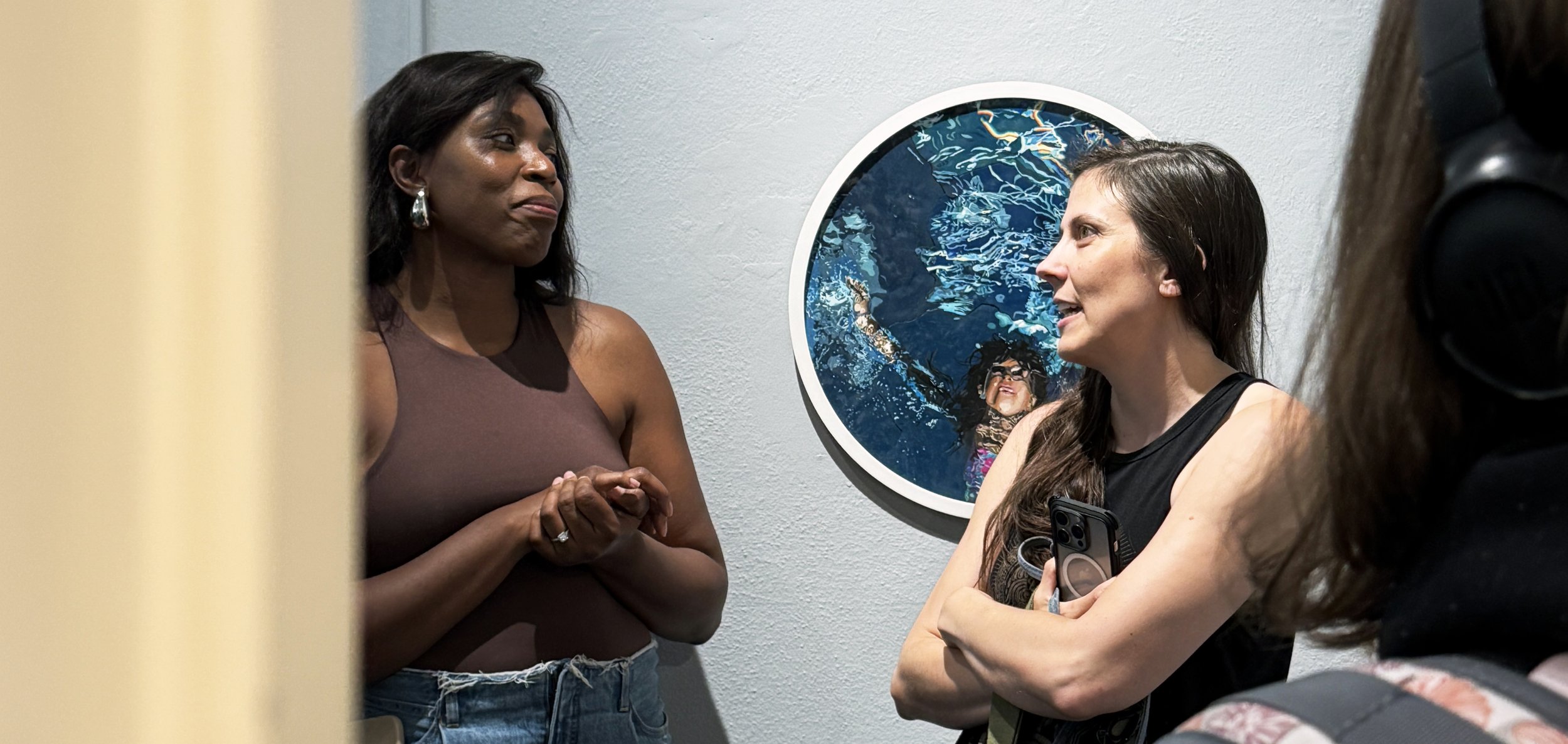
Exhibitions
Events
Ontario Arts Festival
A3
About CCMA
The mission of the Chaffey Community Museum of Art is multi-dimensional. Like all museums, CCMA’s Permanent Collection is held in the public trust, and selections are always on display in the Museum’s Line Gallery so they can be enjoyed by museum visitors.
Since 1941, the Chaffey Community Museum of Art has been sharing the gift of visual art with residents of the inland communities of Southern California. First founded as an art association, CCMA has since grown into an important regional museum that provides public access to fine art and supports the local artistic community.









